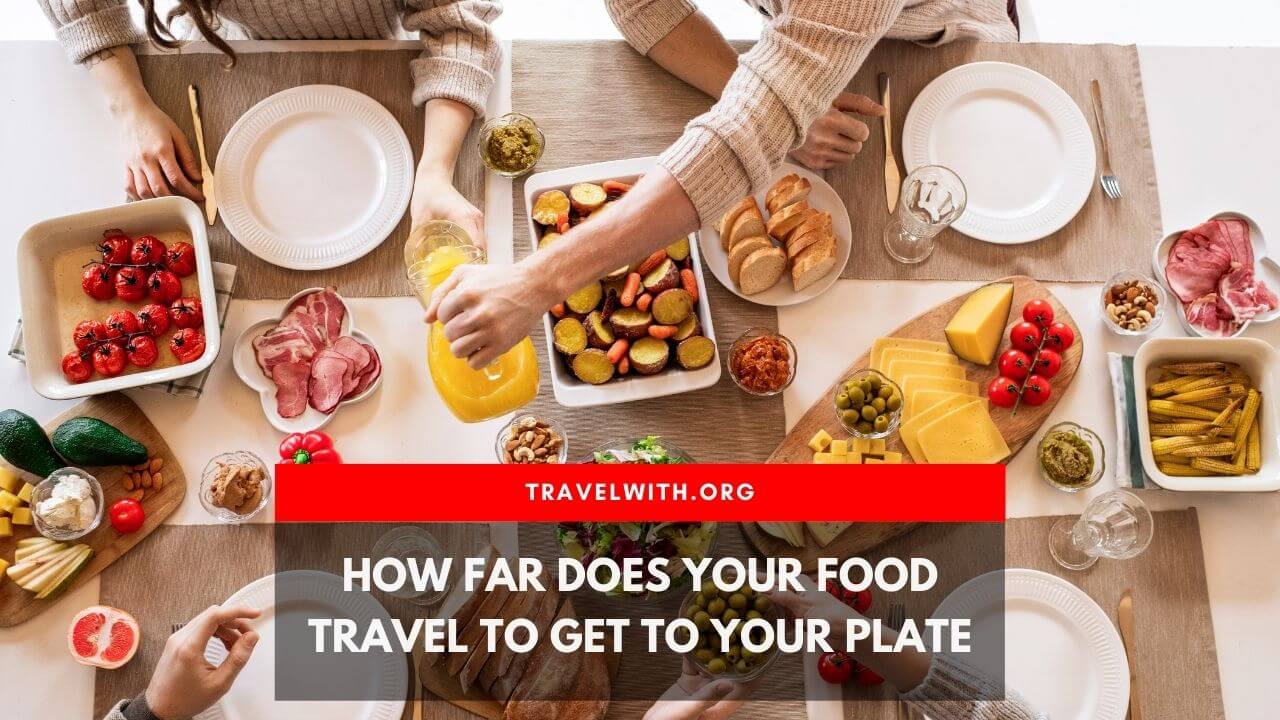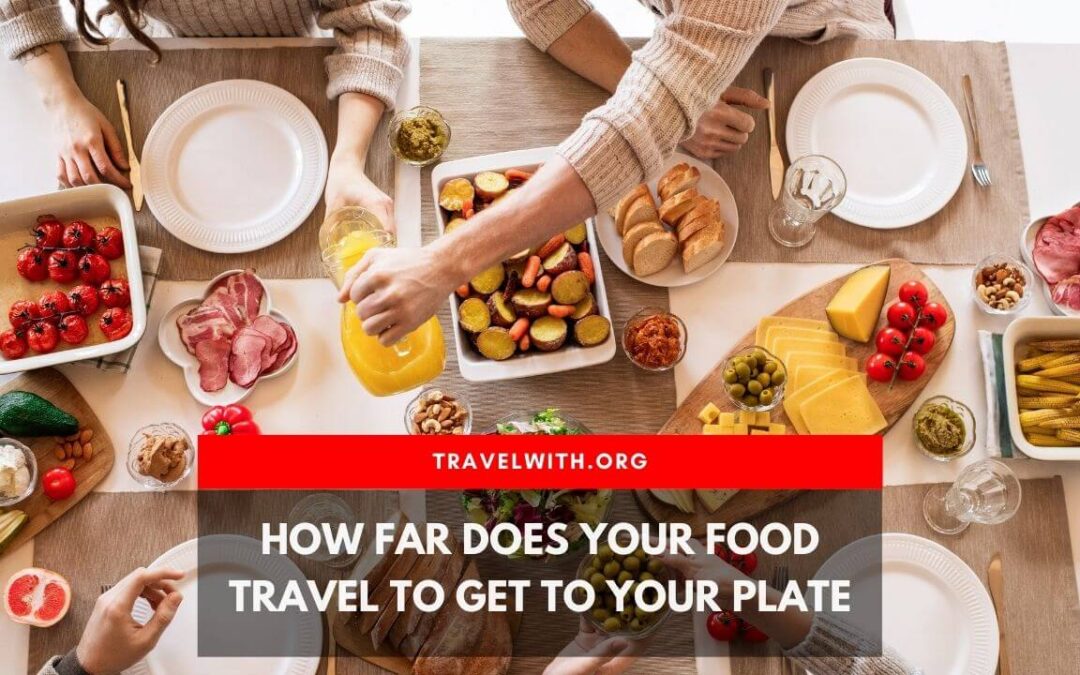
A sugar museum is located on Maui, Hawaii. It is located next to a sugar processing facility and surrounded with sugarcane fields. It tells the story about sugarcane production in the island’s history and is a fascinating testimony to the power one crop has to influence the cultural landscape of a place.
Sugarcane grown on these fields is processed at the plant across the street but only up to the “raw sugar” stage. It is then transported to the C & H Sugar Refinery, located in Contra Costa County, near San Francisco. C & H stands to “California & Hawaii” and it is then refined into white sugar, which is a common part of American diet.
However, that is not the end of the journey. The sugar is shipped across-country to New York where it is packed into individual sugar packages to go on tabletops. These sugar packages are then distributed throughout the country, including Hawaii.
If you sit down in a cafe a mile from the sugarcane fields, you will find that the sugar packets have traveled approximately 10,000 miles.
Contents
How far can an Apple travel?
In our current food system, long-distrance travel isn’t an exception but a common practice. These are common practices in the food industry.
Reported in 1996 that Britain imported more milk than 114,000 tonnes. Is this because British milk farmers didn’t produce enough milk to meet the needs of their consumers? The UK exported 119,000 tonnes of milk in that same year. Is this possible?
Today, not just tropical foodstuffs like sugar, coffee, tea, and chocolate are being shipped far to reach our tables. You can also find fruits and vegetables that were once grown locally in small farms and household gardens. A California apple from New Zealand can often be cheaper than one from Sebastopol (a historic apple-growing region located just an hour from San Francisco). But, is it really cheaper in the long-term?
The True Cost of Food Miles
The average meal in the United States covers 1,500 miles from farm to table. This is a concern. There are many reasons for this concern:
- Long-distance, large scale transportation of food requires large amounts of fossil fuels. For every 1 kcal energy we receive as food, we use almost 10 kcal worth of fossil fuel energy.
- Long distance transport of food also produces large amounts of carbon dioxide. Certain types of transport are more polluting that others. Airfreight produces 50 times more carbon dioxide than sea shipping. Sea shipping is slower, and with our growing demand for fresh foods, food is being shipped faster, but more polluting, by airfreight.
- Many food items are transported long distances by being picked when they are still unripe. Then it is gassed to “ripen” the product. To produce more durable and less perishable produce, scientists are using genetic modification.
Many of us who shop in farmers’ markets are now making the switch to support local food systems. You can find fruits, vegetables, and dairy products at the Ferry Plaza Farmers Market, San Francisco.
California’s Mediterranean climate and heat from the Central Valley can produce an amazing variety of foods. You don’t need to sacrifice much to eat local and seasonal food. Some crops are just not suitable for our climate. We can start to see imported foods as a complement to our local food, and not as a replacement. We can make coconut milk curries with seasonal vegetables, we can add local cream to our imported coffee, and we can dip local strawberries in fair-trade chocolate made from cacao grown in the tropics.
It doesn’t mean that you will never eat food from overseas. It just means that you should start with local produce and only eat what is available locally. It’s easy to support a local food system by shopping at the farmer’s market, planting a garden at home, or joining a CSA. We help to ensure food security for the future, provide nutritious food for our families, and support small-scale farmers who work every day to preserve our land.
Food Mile Comparisons
The Leopold Center for Sustainable Agriculture (Iowa) published a study called “Food, Fuel and Freeways” that compiled data from USDA to determine how far produce traveled to Chicago’s “terminal market,” where wholesalers and brokers buy products to sell to restaurants and grocery stores. These figures were compared to the Ferry Plaza Farmers Market in order to show you the differences.
The average distance from farm to market
- Terminal Market vs. Ferry Plaza Farmers Market
- Apples: 1,555 miles vs.
- Tomatoes: 1,369 vs.. 117 miles
- Grapes: 2,143 Miles vs.134 Miles
- Beans: 766 miles vs.101 miles
- Peaches: 1,674 miles to 173 miles
- Winter Squash: 781 vs.
- Greens: 889 miles vs. 98 miles
- Lettuce: 2,055 vs. 101 miles

